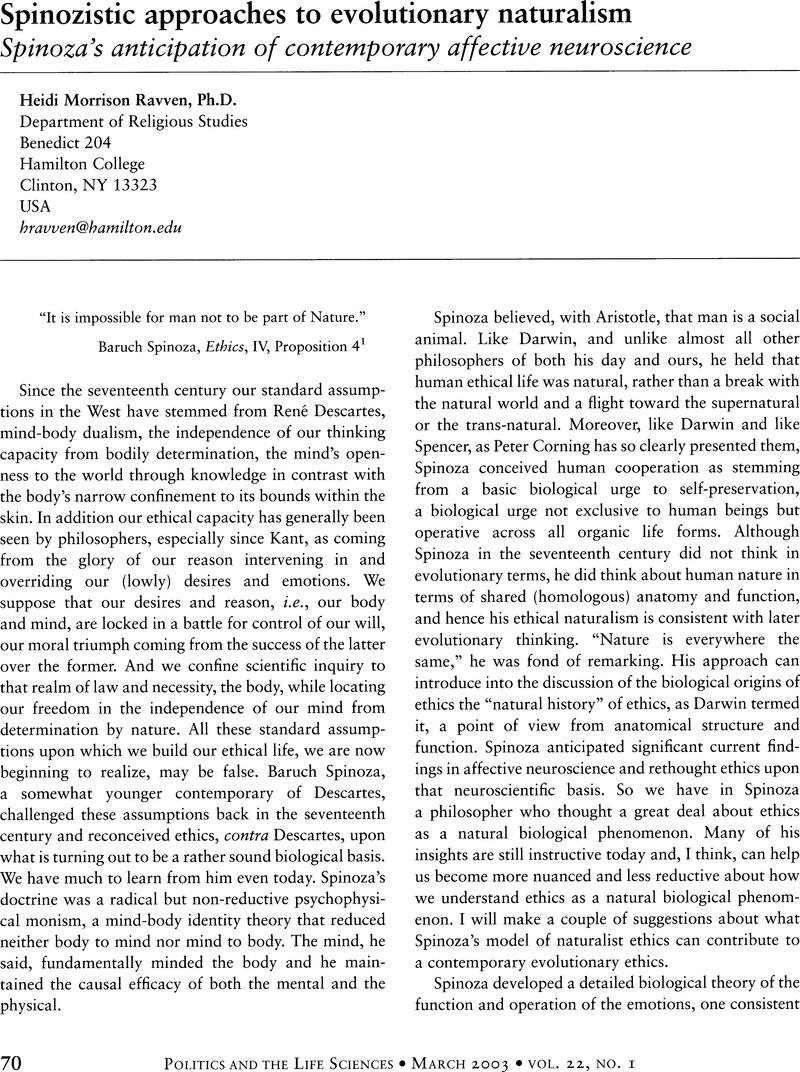Crossref Citations
This article has been cited by the following publications. This list is generated based on data provided by Crossref.
James, Susan
2012.
When Does Truth Matter?Spinoza on the Relation between Theology and Philosophy.
European Journal of Philosophy,
Vol. 20,
Issue. 1,
p.
91.
Veit, Walter
2020.
Dennett and Spinoza.
Australasian Philosophical Review,
Vol. 4,
Issue. 3,
p.
259.



